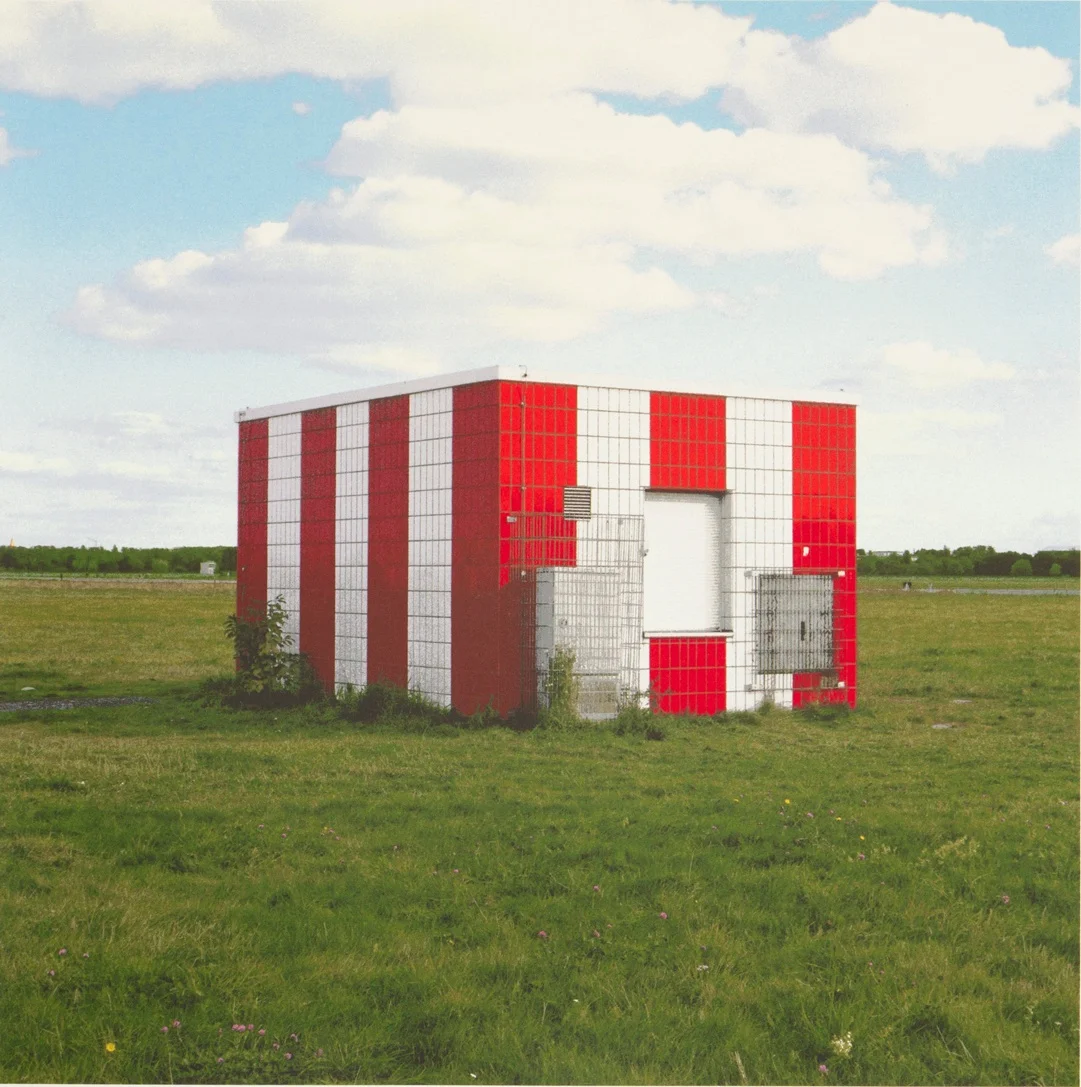Christopher Cannon, Runaways on Hunt Street, 20”x 30”, Screenprint, 2012
Statement from the juror:
Before you read any further, Google the song “Raised Eyebrows” by the Feelies:
https://www.youtube.com/watch?v=nWJNGs8bXAs
They’re this amazing angular sorta punk band from New Jersey that have been making records on and off for a couple decades, and this particular song of theirs is one of the best recorded songs in the history of humankind. Period. Do you see that Youtube link with the song? Press play, and then keep reading.
Right now you should hear this rhythmic build up going on. I’ve always thought about this part of the song like an internal dialog; an Innerspace. A lot of the works in the Screenprint Biennial work this same way for me: they are full of tension, questions, a building of structure. Works like the quiet but punctuating narratives in Janet Ballweg’s objects, or loudly questioning political calls for action in the prints of Ruth Ann Godollei’s. The poetry in the text-based prints of Nick Satinover also falls within these more subtle narratives.
Do you hear the layering of guitars and drums right now? This is how I see the built environment of Mizin Shin’s controlled screenprinted cities. She layers her sculpture in interconnected polyrhythms.
Did you hear the part of the song where things break down a bit, and you hear the clicks of drumsticks on the rim of a drum? An Innerspace is partly where ideas break down, and get deconstructed. This is what Joseph Lupo does in his investigation of comic book panels. He takes parts out, and focuses our attention on the importance of what is left. Jeff Lassahn is doing the exact opposite, appropriating/commandeering a mass-produced patriotic t-shirt and adding content in order to subvert our notions of nationalism, security, and citizenship. In the mode of total deconstruction, Sage Dawson energetically documents the impermanence of an architectural form, from planning to death, and beyond.
Are you at 1:13 in the yet? If not, sit tight and listen for a moment? There yet? Go.
Things are building, getting really tense. The Innerspace is closing in. Or breaking out. This is where I see Nature’s Intent’s (Jessica Gatlin and Abigail Lucien) piece Dreamy Creamy Crack House. A monument to reclaiming African-American women’s hair and image, they combine bits of Warhol and Ellen Gallagher into something towering and new. Towering also describes John Hitchcock’s The Protector: a massive construction of Apache helicopters and tanks. Hitchcock, a Native American who grew up in Oklahoma next to an army base, continues his criticism of a war machine that names its weapons after tribal groups.
Sounds are intertwining and the Innerspace is about to break up, the tension is going to get released, and we’re about to get into the Outerspace, where things get weird. Abstract. Loud and colorful. Listen to 1:51. You’ll know it when you hear it. Go.
That click click, and then the bass is racing. I’m staring right into Travis Janssen’s Supernova right now, and my eyes can’t even keep up with the moiré going on. Actually, it’s my brain that can’t keep up. The same goes for Dennis Schmickle’s Migraine Wallpaper. It moves too fast for my eyes, but I can’t help but keep trying to run along with it.
Racing through the Innerspace, I’ll explore the other worlds of Mark Hosford. Bizarre and inviting at the same time, Hosford creates his own world of geometry, balanced with drips and drops; an architecture of playful mystery that may have a little darkness hiding around the corners.
“He said oh, he said oh, he said oh”.
OK, things are rocking and colorful and weird. Brian Spolan’s sculptural pieces have some of the best pink this side of Phillip Guston, adding in Miyazaki-type characters that are somehow as cute as they are gross. I see Nick Ruth’s immaculate psychedelic constructions as radio towers telepathically calling us in to take a listen.
“He said oh, he said oh, he said oh”.
Are you tapping a foot? Tapping something? Has the tension been released? Are you free? Because that’s what this show is for me (and why I wanted it in the first place). It’s discomfort. It’s Frisson. And then it’s letting go. Feeling a bit. Feeling a lot.
The Screenprint Biennial isn’t a song, but I’ll listen anyway.
-Nathan Meltz
Screenprint Biennial 2016


